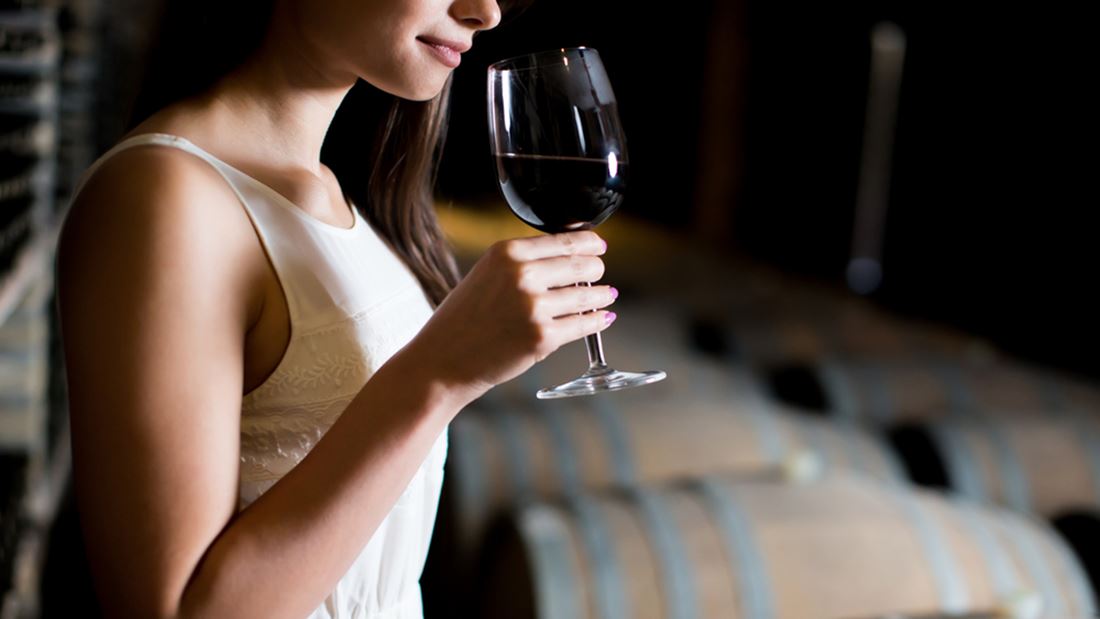
06 Jan Tips to Hone Your Wine Tasting Skills
If you are just embarking on a wine collecting journey and have started researching and sampling new wines, you must be eager to learn how to hone your wine tasting skills. Every wine has a distinctive taste, flavour, aroma, note, undertones and nuances.
And so it can take some time for you to develop a keen understanding about the different types of wines. This learning also helps you decide what kind of wines you would like to collect and cellar.
Some Tips to Help you Hone Your Wine Wasting Skills
- When you taste any wine, just jot down on a note pad, the impressions you gather and find interesting.
- You can improve on this by discussing your impressions with your wine-loving acquaintances & friends. This is one of the best ways to gain insight into what others think about the wine and lets you know whether you’re on track.
- When you are tasting wine, you are actually savouring it using your taste buds and your olfactory and visual senses, to determine what its level of quality is.
- This is how you go about tasting wine – take the wine glass and hold it up against the light; look closely at its colour to judge the taste and it’s vintage. It’s true that the wine’s visual appearance isn’t a failsafe method of judging its taste. However, dull and cloudy-looking wines aren’t as appealing in taste as ones that are transparent and bright.
- The next factors to take into consideration are the flavour and colour. Young, white wines may range from clear white to pale green in colour and have a distinct dryness in taste. On the other hand, mature white wines are more golden brownish in colour and taste sweeter too.
- Younger red wines tend to have a purple, opaque hue and taste quite brash. In comparison, you will find the rose/bright pink-coloured ones to be better tasting and mellow.
Understanding the Taste Aspect
Tasting is quite a complex activity. If we were to look at it from a scientific viewpoint, we’re told that our taste buds can discern only 4 basic flavours – sweet, sour, salty and bitter. However the sensory experience isn’t so cut and dry; it’s quite complex and is a combination of signals that our taste buds send, and our senses of smell and touch. When you’re tasting wine, its texture and weight become vital aspects of the wine-tasting experience.
The Smell Factor
Good wine has a good aroma as well. When you are tasting any wine, first take a very deep whiff and then relax and identify the aromas it exudes – does it have a fruity or flowery smell or do you detect smells of dirty socks or tar. Sip on the wine, swirl it around your mouth and pay special attention to its weight and texture.
Once you have done that, make note of what you have identified about the wine. If it has a sour vinegar-like flavour, that’s an indication of a spoilt wine. However, if you detect a crisp, sharp acidity, that wine can become an excellent pairing for foods such as fish. Wines that are less acidic might have a very mellow flavour, but they may not always stand up very well with food.
Tasting wine may also necessitate differentiating between different aromas such as nutty, fruity, vegetative, woody, earthy, spicy, floral, pungent and chemical, all of which also have their own sub-categories as well.
For any information about cellaring wine and getting custom-designed wine cellars installed, call Signature Cellars at this number 02 9340 7515 or use this contact form to get in touch with us.
Thanks for reading,
Neil Smallman
Signature Cellars
1300 570 636




No Comments